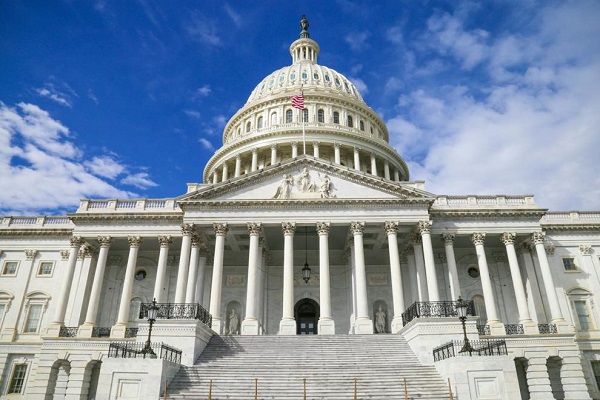MAiD
Saskatchewan euthanasia deaths jumped over 30% from 2022 to 2023: data
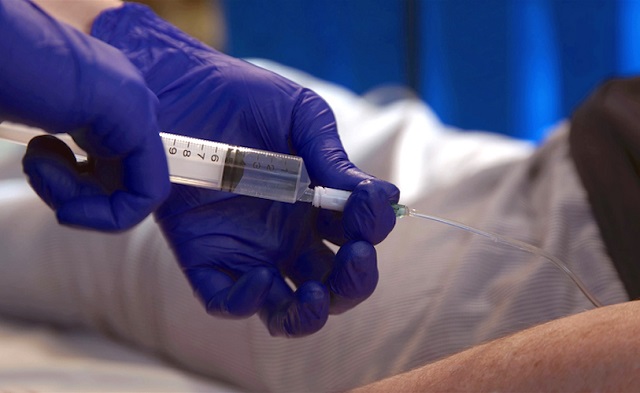
From LifeSiteNews
The Saskatchewan Health Authority reported to the Euthanasia Prevention Coalition that there were 344 assisted deaths in 2023, up from 257 in 2022, representing an increase of over 30 percent in just one year.
The Euthanasia Prevention Coalition is wondering why Canada’s province of Saskatchewan had a greater than 25 percent increase in euthanasia deaths in 2023.
The Saskatchewan Health Authority reported to the Euthanasia Prevention Coalition that there were 344 assisted deaths in 2023, up from 257 in 2022, which represents a 33 percent increase in just one year.

On July 8, 2024, we published an article estimating that there were approximately 15,280 euthanasia deaths nationwide in 2023, a 15.4% increase based on data from Ontario, Quebec, British Columbia, Manitoba, Alberta and Nova Scotia.

Here is how the numbers add up:
The B.C. Medical Assistance in Dying 2023 report stated that there were 2,767 reported assisted deaths, up 10 percent from the 2,515 in 2022.
CBC Radio Canada published an article on March 9, 2024 stating that in 2023 in Quebec there were 5,686 reported deaths, representing 7.3 percent of all deaths in the province and a 17 percent increase from 2022. This represents the highest euthanasia rate in the world. The Radio Canada report was based on the Quebec euthanasia deaths between January 1 – December 31, 2023.
The Office of the Chief Coroner of Ontario released the December 2023 “Medical Assistance in Dying” (MAiD) data indicating that there were 4,641 reported euthanasia deaths in 2023, a 18 percent increase from the 3,934 reported euthanasia deaths in 2022.
The Alberta Health Services reports that there were 977 reported assisted deaths in 2023, which was up by more than 18 percent from the 836 reported assisted deaths in 2022.
The Nova Scotia Medical Assistance in Dying data indicates that there were 342 reported assisted deaths in 2023 which was up by more than 25 percent from 272 in 2022.
An article published by Global News, which may only be preliminary data, indicated that there were 236 reported Manitoba assisted deaths in 2023, which was up by 6 percent from 223 in 2022.
According to the data from Ontario, Quebec, Alberta, Nova Scotia, Manitoba, British Columbia and Saskatchewan, there were 14,757 assisted deaths in 2023 (in those provinces), a 15.7 percent from the 12,747 assisted deaths in 2022 (in those provinces).
Since the total number of Canadian assisted deaths in 2022 was 13,241, we estimate that there were approximately 15,280 Canadian assisted deaths in 2023.
Reprinted with permission from Euthanasia Prevention Coalition.
Carbon Tax
Mark Carney has history of supporting CBDCs, endorsed Freedom Convoy crackdown
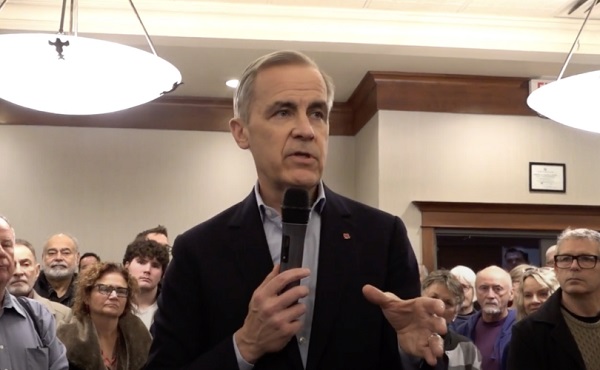
From LifeSiteNews
Carney also said last week that he is willing to use all government powers, including “emergency powers,” to enforce his energy plan if elected prime minister.
World Economic Forum-linked Liberal Party leadership frontrunner Mark Carney has a history of supporting central bank digital currencies, and in 2022 supported “choking off the money” donated to the Freedom Convoy.
In his 2021 book Value(s), Carney said that the “future of money” is a “central bank stablecoin, known as a central bank digital currency or CBDC.”
He noted in his book that such a currency would be similar to current cryptocurrencies such as Bitcoin, but without the private nature afforded to it by its decentralization.
“It is simply untenable in democracies that the core of the monetary system could be based on forms of electronic private money whose creators control large blocks of the currency, like Bitcoin,” he wrote. “Cryptocurrencies are not the future of money.”
Carney noted that a CBDC, if “properly designed,” could serve “all the functions to which private cryptocurrencies and stablecoins aspire while addressing the fundamental legal and governance issues that will, in time, undermine those alternatives.”
Expanding on his worldview in relation to CBDCs, Carney suggested that “fear” can be taken advantage of to shape the future of money.
“With fear on the march, people were willing to surrender to Hobbes’ ‘Leviathan’ such basic rights as the freedom to leave their homes,” he wrote. “And so it is with money. People will support the delegation to independent central banks of the tough decisions that are necessary to maintain the value of money provided the authorities deliver monetary and financial stability.”
Some Canadians are alarmed by the prospect of CBDCs, a fear that only worsened after the Liberals under Prime Minister Justin Trudeau froze hundreds of bank accounts it deemed were importantly linked to the 2022 Freedom Convoy.
During the Freedom Convoy, Carney wrote in an op-ed for the Globe and Mail, “Those who are still helping to extend this occupation must be identified and punished to the full force of the law,” adding that “Drawing the line means choking off the money that financed this occupation.”
Carney is a former head of the Bank of Canada and Bank of England. His ties to globalist groups have led to Conservative Party leader Pierre Poilievre calling him the World Economic Forum’s “golden boy.”
In addition to his comments on CBDCs, Carney has a history of promoting anti-life and anti-family agendas, including abortion and LGBT-related efforts. He has also previously endorsed the carbon tax and even criticized Trudeau when the tax was exempted from home heating oil to reduce costs for some Canadians.
Carney also said last week that he is willing to use all government powers, including “emergency powers,” to enforce his energy plan if elected prime minister.
The Liberal Party of Canada will choose its next leader, who will automatically become prime minister, on March 9, after Prime Minister Justin Trudeau announced that he plans to step down as Liberal Party leader once a new leader has been chosen.
In contrast to Carney, Poilievre has promised that if he is elected prime minister, he would stop any implementation of a “digital currency” or a compulsory “digital ID” system.
When it comes to a digital Canadian dollar, the Bank of Canada found that Canadians are very wary of a government-backed digital currency, concluding that a “significant number” of citizens would resist the implementation of such a system.
MAiD
Nearly half of non-terminally ill Canadians who choose euthanasia say they are lonely

From LifeSiteNews
Of the 662 people who were not in danger of death but succumbed to medical assistance in dying last year, 47.1 percent cited as reasons for wanting to die ‘isolation or loneliness.’
Official government data shows that about half of Canadians who are not terminally ill yet wanted to end their lives via state-sanctioned assisted suicide did so last year because they said they were lonely.
According to data published by Health Canada on December 11 in its fifth annual report on medical assistance in dying (MAID), 15,342 people were approved for and died by euthanasia in 2023.
A total of 14,721 of these deaths were in cases where illness or disability were likely down the road or considered “reasonably foreseeable.” These are called Track 1 MAiD deaths.
However, 662 deaths were people who were not dying. Of these Track 2 deaths, 47.1 percent cited as reasons for wanting to die “isolation or loneliness.” By comparison, about 21.1 percent of Track 1 deaths reported the same feelings for wanting to die by doctor-led suicide.
The report stated that “social isolation and loneliness are shown to have a serious impact on physical and mental health, quality of life, and longevity.”
Of the Track 2 deaths, 35.7 percent lived alone, compared with 30.2 percent of Track 1 deaths. Of Track 1 deaths, the average age was 77.7 years. The average age of Track 2 deaths was 75.
Of note is that this year’s Health Canada report on MAiD is the first to include so-called “verbal” requests from individuals as official. Previously, those who wanted to die via assisted suicide had to submit a form to Health Canada in order to be officially recorded as a request to die by suicide.
Under Prime Minister Justin Trudeau, whose Liberal government legalized MAiD in 2016, the deadly program has continued to relax its rules on who is eligible for death.
As reported by LifeSiteNews, 1 in 20 Canadian deaths in 2023 came from assisted suicide.
Instances of people being offered MAiD as a solution to their health issues have become commonplace in Canada, as reported by LifeSiteNews.
Last week, LifeSiteNews reported how a senior Canadian couple said that a hospice care center presented euthanasia to one of them as an option because they could not afford increased care costs on their fixed income.
Canadian pro-life leaders have criticized the Trudeau government’s continued push for expanding MAiD.
Indeed, most Canadians fear the nation’s euthanasia regime unfairly targets those who are financially and socially vulnerable while still supporting the immoral practice in general.
In 2021, the program expanded from killing only terminally ill patients to allowing the chronically ill to qualify. Since then, the government has sought to include those suffering solely from mental illness.
The number of Canadians killed by lethal injection under the nation’s MAiD program since 2016 stands at close to 65,000, with an estimated 16,000 deaths in 2023 alone. Many fear that because the official statistics are manipulated the number may be even higher.
Canada had approximately 15,280 euthanasia deaths in 2023.
-

 Business2 days ago
Business2 days agoArgentina’s Javier Milei gives Elon Musk chainsaw
-
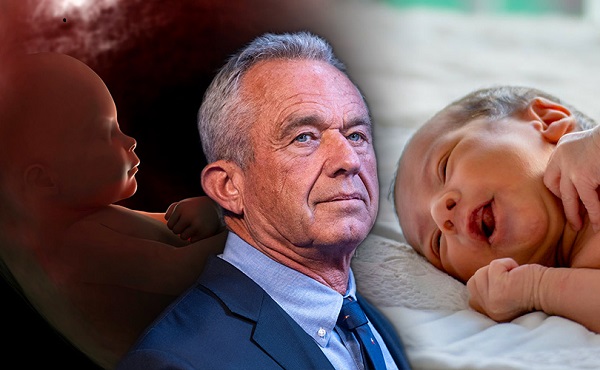
 Health11 hours ago
Health11 hours agoRFK Jr: There’s no medical justification for vaccinating one-day-old babies for Hepatitis B
-

 Energy16 hours ago
Energy16 hours agoFederal Government Suddenly Reverses on Critical Minerals – Over Three Years Too Late – MP Greg McLean
-

 Alberta2 days ago
Alberta2 days agoOpen letter to Ottawa from Alberta strongly urging National Economic Corridor
-

 International1 day ago
International1 day agoJihadis behead 70 Christians in DR Congo church
-
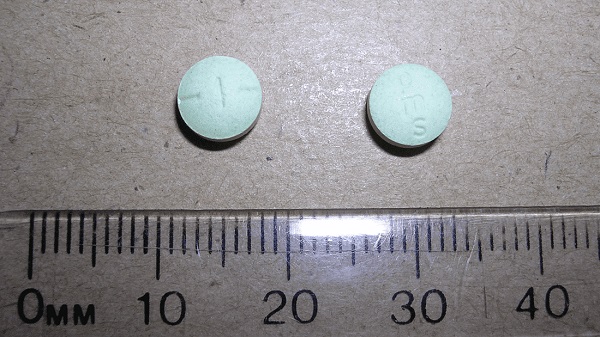
 Addictions2 days ago
Addictions2 days agoBC overhauls safer supply program in response to widespread pharmacy scam
-
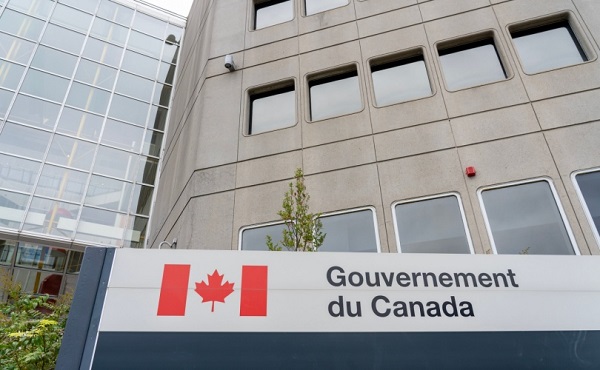
 Business17 hours ago
Business17 hours agoWorst kept secret—red tape strangling Canada’s economy
-

 Daily Caller16 hours ago
Daily Caller16 hours agoKash Patel First Statement As FBI Director, Tells Media ‘Bring It On’


